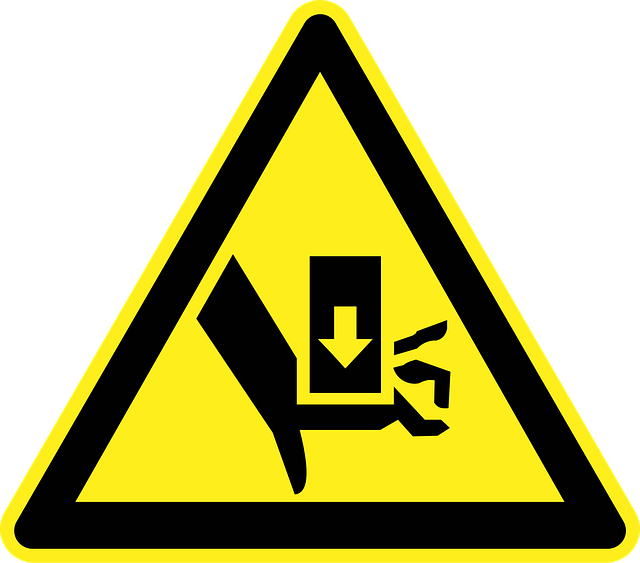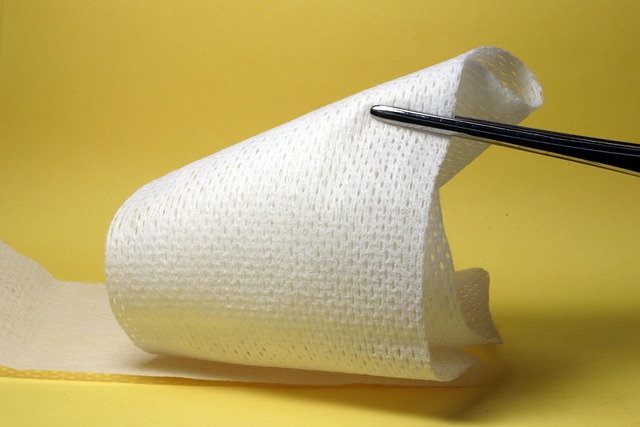Cycling accidents can cause severe skin damage known as road rash, ranging from minor scrapes to deep wounds. Immediate care involves stopping bleeding and cleaning the wound gently. For mild cases, over-the-counter antiseptic creams are sufficient; deeper wounds may require medical attention for advanced treatments like debridement or stitching. Proper wound care includes cleaning with warm water and mild soap, patting dry without rubbing, applying antimicrobial ointment, covering with a sterile bandage, monitoring for infection signs, documenting caregiver negligence, and ensuring continuous care to promote healing. Prevention strategies involve wearing protective gear, maintaining bikes, adhering to traffic rules, inspecting skin regularly, fostering open communication among cyclists, and building supportive local communities to enhance road safety.
“Experiencing a cycling accident can lead to more than just physical discomfort; road rash is a common injury that requires proper care. This comprehensive guide addresses the critical aspects of managing cycling accident-induced road rash, from immediate post-crash first aid to long-term prevention strategies. Understanding the causes and impact of road rash is the first step towards effective treatment, ensuring cyclists receive the best care possible.”
- Understanding Cycling Accident Road Rash: Causes and Immediate Care
- The Step-by-Step Guide to Effective Road Rash Treatment
- Preventing and Managing Future Injuries: Tips for Cyclists
Understanding Cycling Accident Road Rash: Causes and Immediate Care

Cycling accidents can result in significant skin damage known as road rash. This occurs when a cyclist is thrown from their bike and their skin rubs against rough surfaces like pavement, gravel, or even metal components of the bicycle during the impact and subsequent slide. The severity of road rash varies, ranging from minor scrapes to deep lacerations and abrasions that can cause immense pain and discomfort.
Immediate care after a cycling accident is crucial. First, stop any bleeding by applying direct pressure to the wound with clean cloth or gauze. Then, gently wash the affected area with mild soap and water to remove debris. For minor road rash, over-the-counter antiseptic creams and bandages can provide adequate protection against infection. However, deeper wounds may require medical attention for proper debridement, stitching, or other advanced treatments to prevent complications like scarring or infection.
The Step-by-Step Guide to Effective Road Rash Treatment

After a cycling accident, proper wound care for road rash is crucial for client recovery. Here’s a step-by-step guide to effective treatment. First, gently clean the affected area with warm water and mild soap to remove any debris or contaminants. This prevents infections and facilitates healing. Next, pat dry the skin with a clean towel, avoiding rubbing which can exacerbate irritation.
Apply an antimicrobial ointment to the road rash to protect it from bacteria. This is especially important if the wound is deep or extensive. Cover the area with a sterile bandage to keep it clean and reduce further damage from friction. Regularly check for signs of infection such as redness, swelling, warmth, or pus. If you notice any caregiver negligence or abuse during the recovery process, document everything and seek legal advice immediately. Ensure proper wound care is ongoing to promote healing and accelerate client recovery.
Preventing and Managing Future Injuries: Tips for Cyclists

After experiencing a cycling accident resulting in road rash, it’s crucial to understand that proper wound care is just the beginning. To prevent and manage future injuries, cyclists should prioritize safety measures both on and off the road. This includes wearing appropriate protective gear like padded cycling shorts and gloves, ensuring your bike is well-maintained, and adhering to traffic rules. Regularly inspecting your skin for any signs of wear or irritation can help detect potential issues early.
Additionally, fostering a culture of open communication with fellow cyclists and local cycling communities can prove invaluable. Sharing experiences, tips, and knowledge about safe riding practices can create a supportive network that encourages responsible cycling. While incidents like partnership disputes, caregiver negligence, or wrongful death claims are unfortunate, focusing on preventive measures empowers cyclists to navigate the road with increased safety and confidence.
In the event of a cycling accident, proper wound care for road rash is essential. By understanding the causes and immediate actions required, cyclists can effectively manage their injuries. Following a step-by-step treatment guide ensures optimal relief and faster recovery. Moreover, implementing preventive measures and managing future injuries can significantly enhance overall cycling safety. Remember, prompt and adequate care for cycling accident road rash is crucial to avoid complications and promote a smooth healing process.






